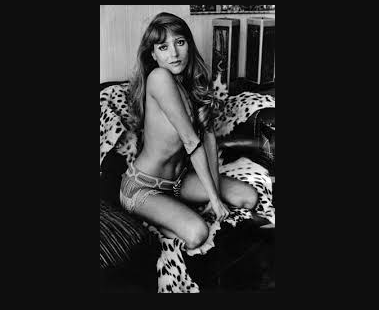In the buttoned-up moral landscape of 1970s South Africa, one woman slithered past convention with nothing but a python and audacity.
Glenda Kemp, dubbed the country’s most notorious exotic dancer, shocked audiences by entwining herself with her pet snake, Oupa, during strip performances that landed her in repeated clashes with police, priests, and politicians.
Raised in a strict foster home, Kemp rebelled against conservatism with a dance routine that audiences had never seen before, her body wrapped around a live serpent.
“The cops didn’t know whether to arrest me or the snake,” she once quipped, recalling how the Vice Squad raided her shows across Johannesburg and Cape Town.

Her notoriety exploded when she performed in Voortrekker dress, peeling off the traditional Afrikaner attire mid-dance, before shocking crowds further by painting herself black — an act seen as both erotic rebellion and political provocation under apartheid.
Despite being charged with public indecency multiple times, Kemp’s fame only grew. In 1976, she starred in a semi-biographical film, Snake Dancer, cementing her image as South Africa’s most scandalous performer. That same year, Rapport newspaper named her “Newsmaker of the Year,” a staggering recognition in a country obsessed with censorship and morality laws.
For conservative groups, she was the ultimate villain; for young men, the ultimate fantasy. Kemp herself insisted her dances were “art, not filth,” but her daring fusion of se*uality, danger and spectacle ensured her place as an unforgettable icon of provocation.
PNN






































